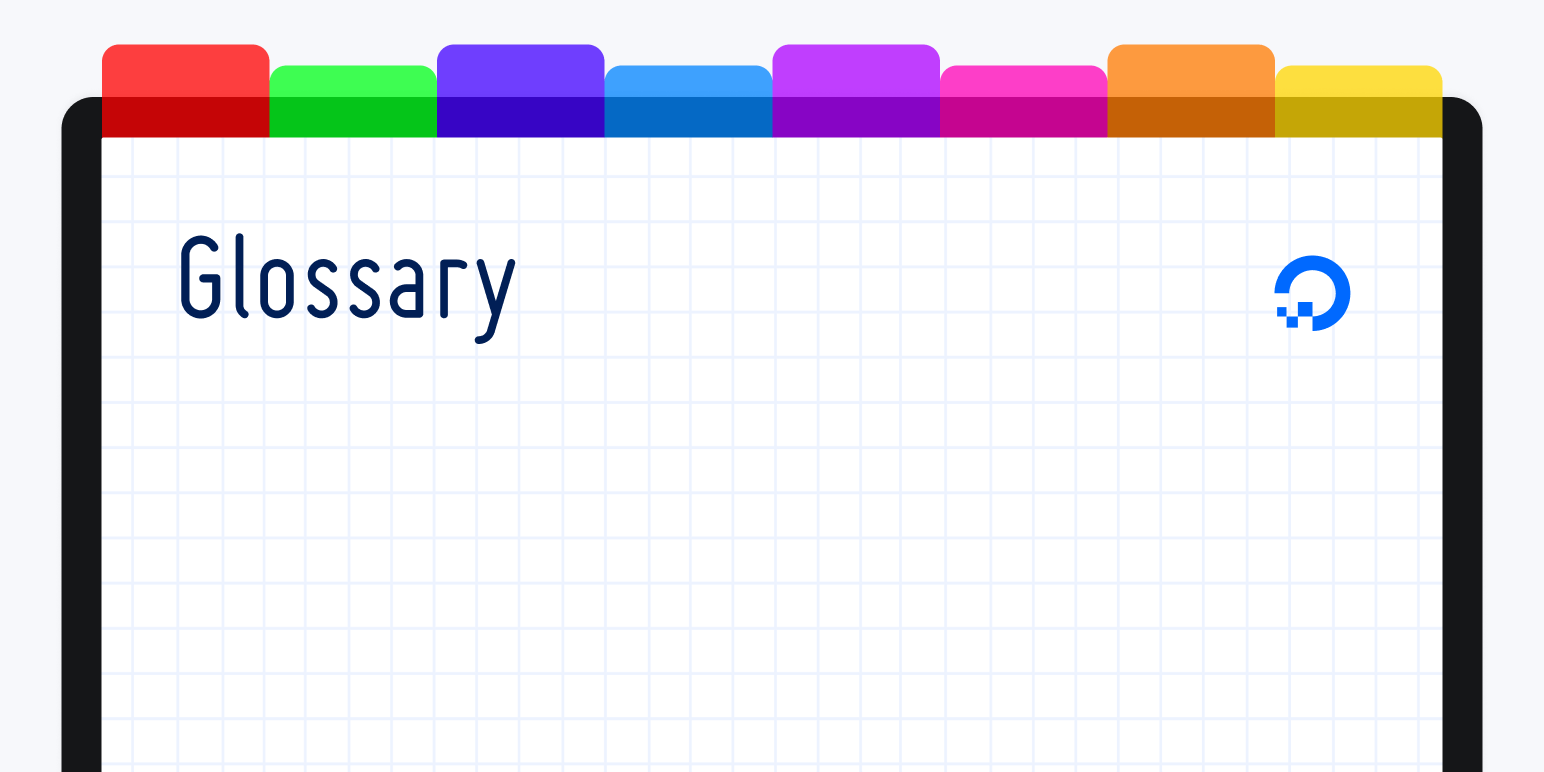- Log in to:
- Community
- DigitalOcean
- Sign up for:
- Community
- DigitalOcean
By Mark Drake
Manager, Developer Education

The relational model is an abstract model used to organize data within a database. In order to control access to a database, write data, run queries, or perform any other tasks related to database management, a database management system must have some kind of underlying model that defines how the data within it are organized.
Databases that implement the relational model are often referred to as relational databases. The relational model was for a long time the most sophisticated model for organizing data, and its widespread use has only recently been curbed by the rise of nonrelational — or, NoSQL — data models.
The most fundamental elements in the relational model are relations, which users and modern RDBMSs recognize as tables. A relation is a set of tuples, or rows in a table, with each tuple sharing a set of attributes, or columns:

A column is the smallest organizational structure of a relational database, and represents the various facets that define the records in the table. Hence their more formal name, attributes. It can be helpful to think of each tuple as a unique instance of whatever type of people, objects, events, or associations the table holds.
For more educational resources related to the relational model, please visit:
- Understanding Relational Databases
- SQLite vs MySQL vs PostgreSQL: A Comparison Of Relational Database Management Systems
For more information on how to work with relational databases, we encourage you to check out our How To Use SQL tutorial series.
Thanks for learning with the DigitalOcean Community. Check out our offerings for compute, storage, networking, and managed databases.
About the author
Former Technical Writer at DigitalOcean. Focused on SysAdmin topics including Debian 11, Ubuntu 22.04, Ubuntu 20.04, Databases, SQL and PostgreSQL.
Still looking for an answer?
This textbox defaults to using Markdown to format your answer.
You can type !ref in this text area to quickly search our full set of tutorials, documentation & marketplace offerings and insert the link!
- Table of contents
Deploy on DigitalOcean
Click below to sign up for DigitalOcean's virtual machines, Databases, and AIML products.
Become a contributor for community
Get paid to write technical tutorials and select a tech-focused charity to receive a matching donation.
DigitalOcean Documentation
Full documentation for every DigitalOcean product.
Resources for startups and SMBs
The Wave has everything you need to know about building a business, from raising funding to marketing your product.
Get our newsletter
Stay up to date by signing up for DigitalOcean’s Infrastructure as a Newsletter.
New accounts only. By submitting your email you agree to our Privacy Policy
The developer cloud
Scale up as you grow — whether you're running one virtual machine or ten thousand.
Get started for free
Sign up and get $200 in credit for your first 60 days with DigitalOcean.*
*This promotional offer applies to new accounts only.
